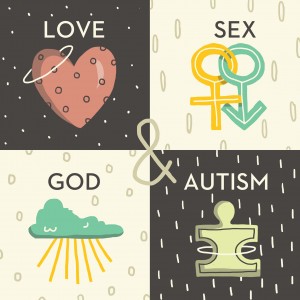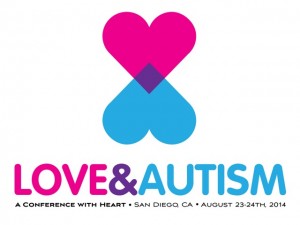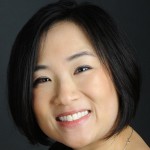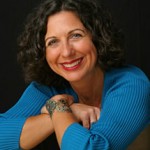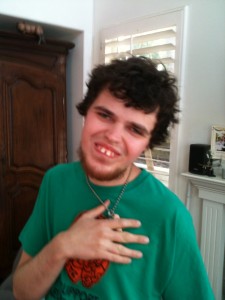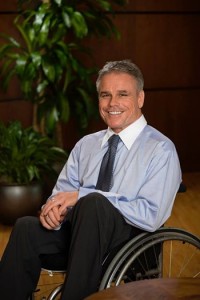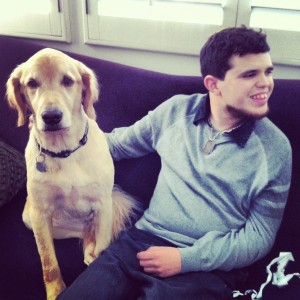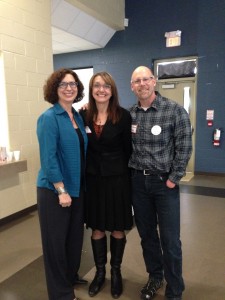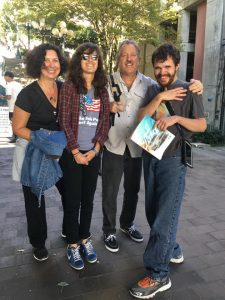 Those who followed my blog in the past may have noticed a lot less activity in recent years. In the fall of 2014 my son Jeremy moved out of the family home and into supported living, and found an art studio where he could paint. It has been a wonderful journey helping Jeremy create the life he dreamed of. In 2016 he had his first curated art show (which was a huge success) followed by more shows.
Those who followed my blog in the past may have noticed a lot less activity in recent years. In the fall of 2014 my son Jeremy moved out of the family home and into supported living, and found an art studio where he could paint. It has been a wonderful journey helping Jeremy create the life he dreamed of. In 2016 he had his first curated art show (which was a huge success) followed by more shows.
Then, in January 2017 I suffered a concussion when my car was hit by a truck. I spent all of 2017 following my medical team’s advice. At first it meant no activity and no screen time, followed by various therapies, more rest and restricted screen time. Now, over a year later, I am not yet 100% recovered, but I am driving again, and I am finally able to write and speak professionally once again – although at a slower pace.
One of the results of my car accident was that I was forced to do nothing but take care of myself on a daily basis. As a parent of a wonderful young person – Jeremy- who requires 24 hour supports, I had in the past ‘stolen’ the time to re-boot and decompress – parents with their children still at home will get this – 10 mins here, 20 mins there, “date night” when respite was available. As well, my mind was rarely still – I loved writing and speaking and volunteering to help others – I was always actively solving challenges and creating solutions in my head. That’s how Jeremy ended up having the skills to communicate, and discovering his gift of painting: because I never gave up on him even if others did and I found solutions to many of his challenges. I remember getting up very early before dawn to work on a book, then going for a run or walk outside before my husband left to go to work and before I got the kids up and off to school. I always practiced some self-care that I enjoyed – I loved getting up early and seeing the night become day – I’m definitely a morning person. But I also knew that if I didn’t do it early in the day while everyone was asleep – I met not get another chance. I never knew what the day would bring.
The car accident forced me to only take care of myself and let others take care of me as well. Meditations, connecting more with my intuition and spiritual self, massages to help my body heal, and all the necessary therapies (including physical, vestibular, vision, speech) to create new connections really made me focus on ME. And you know what? The world did not fall apart – Jeremy had a very, very rough time for the first two months, and so did I. But we survived.
Meditation has been a daily habit for me for some time, except for about the first six months after my concussion when I could not focus. the When Jeremy was in his early twenties and still living at home he started to have more anxiety (on top of the PTSD from past traumatic experiences). It’s a known fact that many teens and young adults on the spectrum have high levels of anxiety. At that time, I realized that Jeremy also had great visualization skills, so I thought why not have him try meditation? He doesn’t necessarily always sit calmly to listen, but he is still able to meditate.
The first meditations he ever enjoyed were some Deepak & Oprah 21 Day Meditation Experiences. After taking part in free meditation challenges with intriguing titles such as Perfect Health Meditations; Finding Your Flow Meditation Challenge, Jeremy would tell me which ones he wanted to listen to again and we would buy them so he could access them at any time.
There has been an interesting side effect to Jeremy’s daily meditation habit. Jeremy is very susceptible to the energy level of whichever Team Member is supporting him that day. If the person is feeling anxious or stressed, Jeremy feels it. While Jeremy is meditating, the Team Member who is listening to the meditation with him usually benefits as well: Jeremy feels them becoming more relaxed and calm as well. Everyone benefits!
Although I loved the Deepak and Oprah meditation series, I had never visited the Chopra Center. I knew it was somewhere 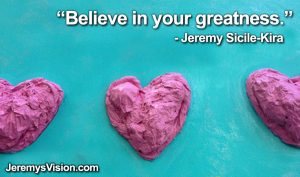 in my area and realized people flew in from all over to take part in retreats and consult with the Mind – Body Medical Group. But it wasn’t until very recently that I learned that there were opportunities for those living close by to go to their take yoga and meditation classes, and to enjoy different Ayurvedic massage treatments.
in my area and realized people flew in from all over to take part in retreats and consult with the Mind – Body Medical Group. But it wasn’t until very recently that I learned that there were opportunities for those living close by to go to their take yoga and meditation classes, and to enjoy different Ayurvedic massage treatments.
My message to you today is: make self-care a priority. Take care of yourself; no-one else will. Show yourself some love. Find what you can do on a regular basis to keep your body and mind healthy and your connection to Spirit / God alive. You’ll be happier, healthier and grateful you did.
